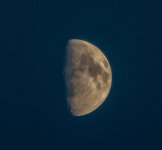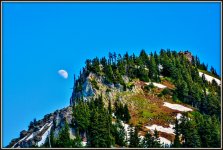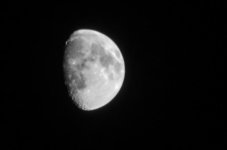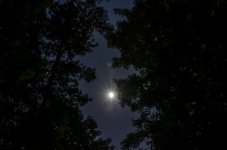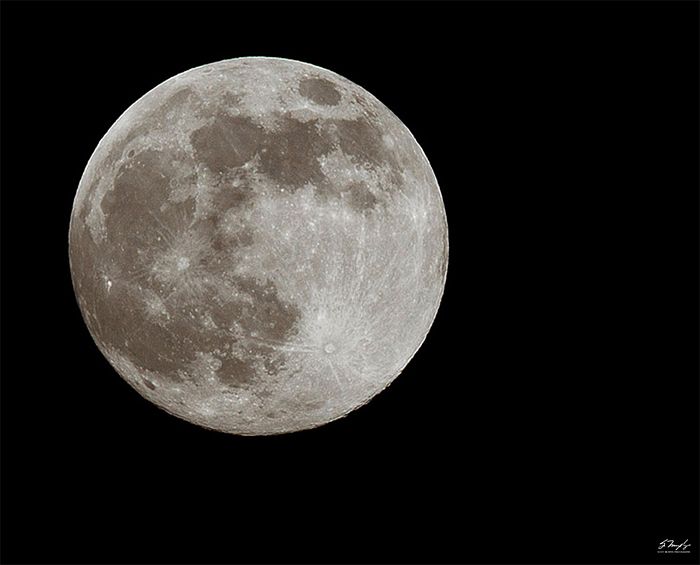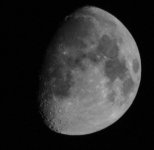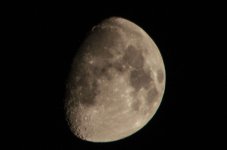better than my first attempt, mine looked like i took a picture of a flashlight, bump your iso down to about 300 or check out what other people use as their settings, and remember to turn off your VR, IF YOU USE A TRIPOD.
Yea I had the ISO up so high because I was shooting without a tripod. Will try again with a tripod at some point. Thanks for the VR tip. Always forget about that, though I don't know that the Tamron lens had VR.

